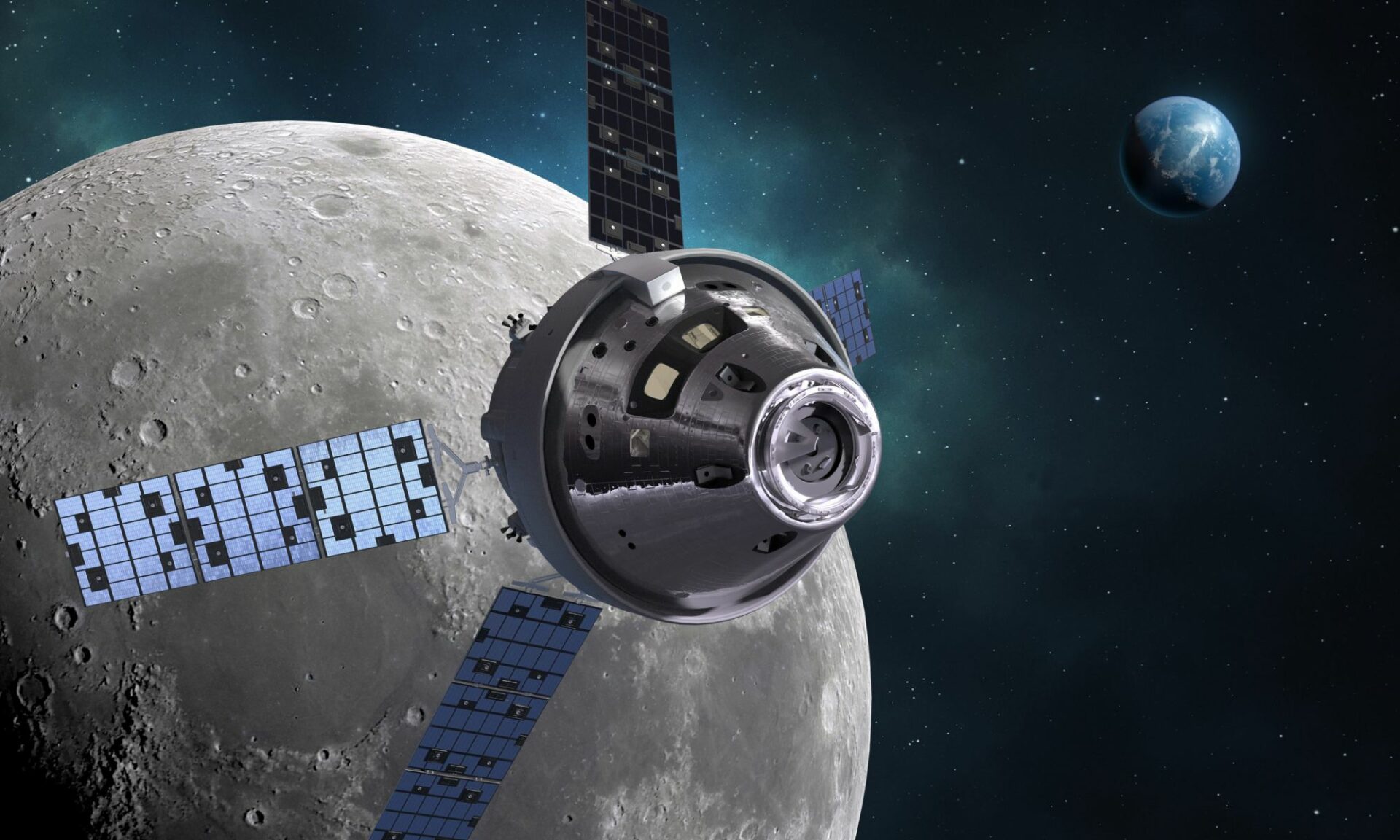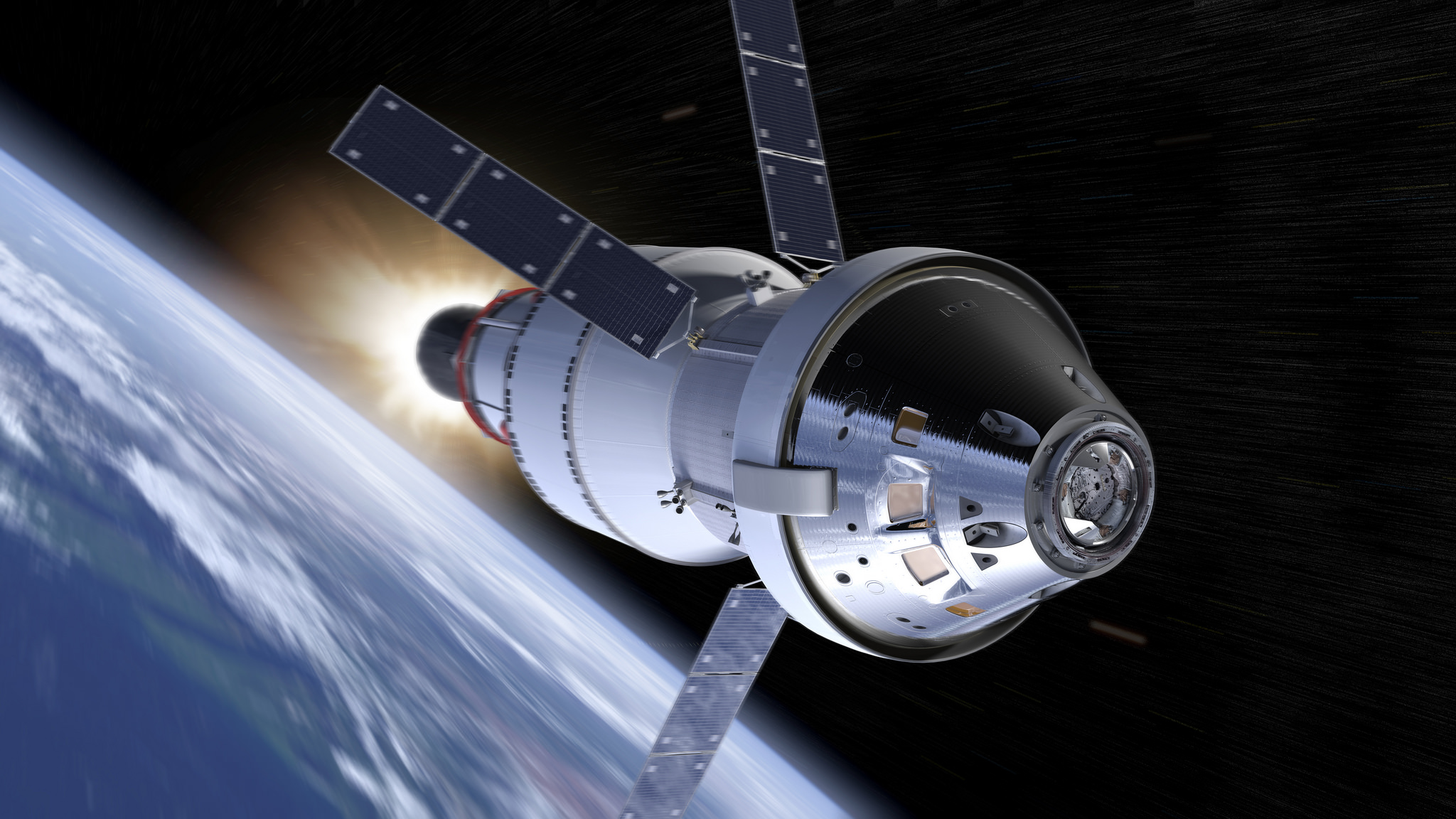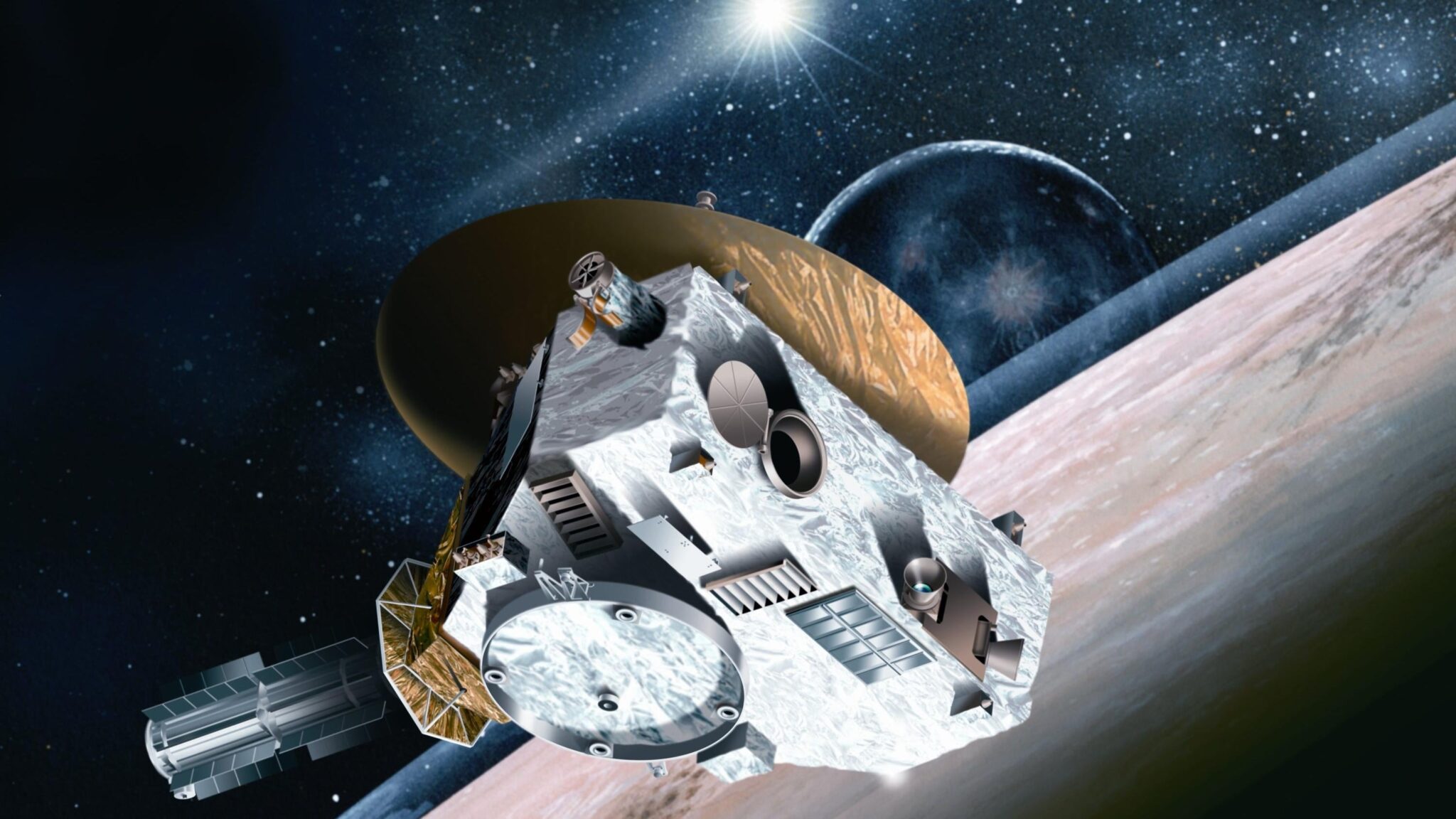After the successful Artemis I mission, which was carried out at the end of 2022, NASA began to equip the following Artemis II, III and IV. The first mission was unmanned, the second aims to fly around the moon with a crew, and the third and fourth aim to land people on the surface of the Moon after a 50–year pause. But how long does it take astronauts to get to the Moon?
How far is the Moon?
The Moon has no fixed distance from the Earth. Our natural moon periodically approaches and moves away from the Earth. At the nearest point (perigee), the moon is located at a distance of 363,104 km from Earth, and at the most distant point (apogee), it is at a distance of 405,696 km. Considering these measurements, the average distance between the Earth and the Moon is about 384,400 km.

The elliptical nature of the Moon’s orbit relative to the Earth is just one of many factors that scientists should take into account when planning flights.
How long does it take to get to the Moon?
It is difficult to give an exact answer to the question of how long it takes to get to the Moon. But on average, the flight takes a little more than three days. There are many factors to consider, including the change in distance between us and the Moon, the trajectory of takeoff, manned or unmanned spacecraft, the choice of power plant, as well as whether it will land, enter orbit, or fly past it.
During NASA’s Apollo program, the fastest mission was the Apollo 8 flight, which took 69 hours and 8 minutes to enter lunar orbit. The last moon landing mission, Apollo 17, reached the moon in 86 hours and 14 minutes.

In 2022, the Artemis I unmanned vehicle took five days to reach the orbit of the Moon. The journey to the Moon has become slower over the years. Mainly because we moved away from a straight flight path to save on fuel.
How long did it take to fly to the Moon in 1969?
The Apollo 11 flight in 1969 took astronauts Neil Armstrong, Buzz Aldrin, and Michael Collins 75 hours and 49 minutes to get to the Moon and land on it. It’s a little more than three days. That’s how long it took them to actually land on the moon and not just enter its orbit.
And if we take into account the total average time of a full Apollo mission to reach the orbit of our moon, land on the Moon, and return to Earth, then it takes about 8 days. Here is the full list of Apollo missions to the Moon and their duration:
- Apollo 8: 69 hours, 8 minutes (1968)
- Apollo 10: 75 hours, 55 minutes (1969)
- Apollo 11: 75 hours, 49 minutes (1969)
- Apollo 12: 83 hours, 25 minutes (1969)
- Apollo 13: 76 hours (1970)
- Apollo 14: 81 hours, 56 minutes (1971)
- Apollo 15: 78 hours, 31 minutes (1971)
- Apollo 16: 74 hours, 28 minutes (1972)
- Apollo 17: 86 hours, 14 minutes (1972)
How long does it take the probe to get to the Moon?
Interestingly, an interplanetary probe can reach the Moon in about 8.5 hours. For example, the New Horizons probe took 8 hours and 35 minutes to reach the Moon. Of course, its goal was not our moon, but simply to fly through its orbit, then to reach Pluto in nine years – in 2015.

However, other probes may take much longer to reach the Moon. This time depends on various factors. In particular, from the fuel used. For example, the ESA Smart-1 probe in 2003 took one year and six weeks to reach the moon. The reason for such a slow speed was the use of an electron-ion engine, which used only 82 kg of xenon fuel.
Earlier we talked about what you could see on the Moon.
According to sciencefocus.com
Follow us on Twitter to get the most interesting space news in time
https://twitter.com/ust_magazine

